The best rechargeable AA batteries in 2025 to power your cameras and portable devices
Find the best AA rechargeable batteries to power your flashes and other gadgets.
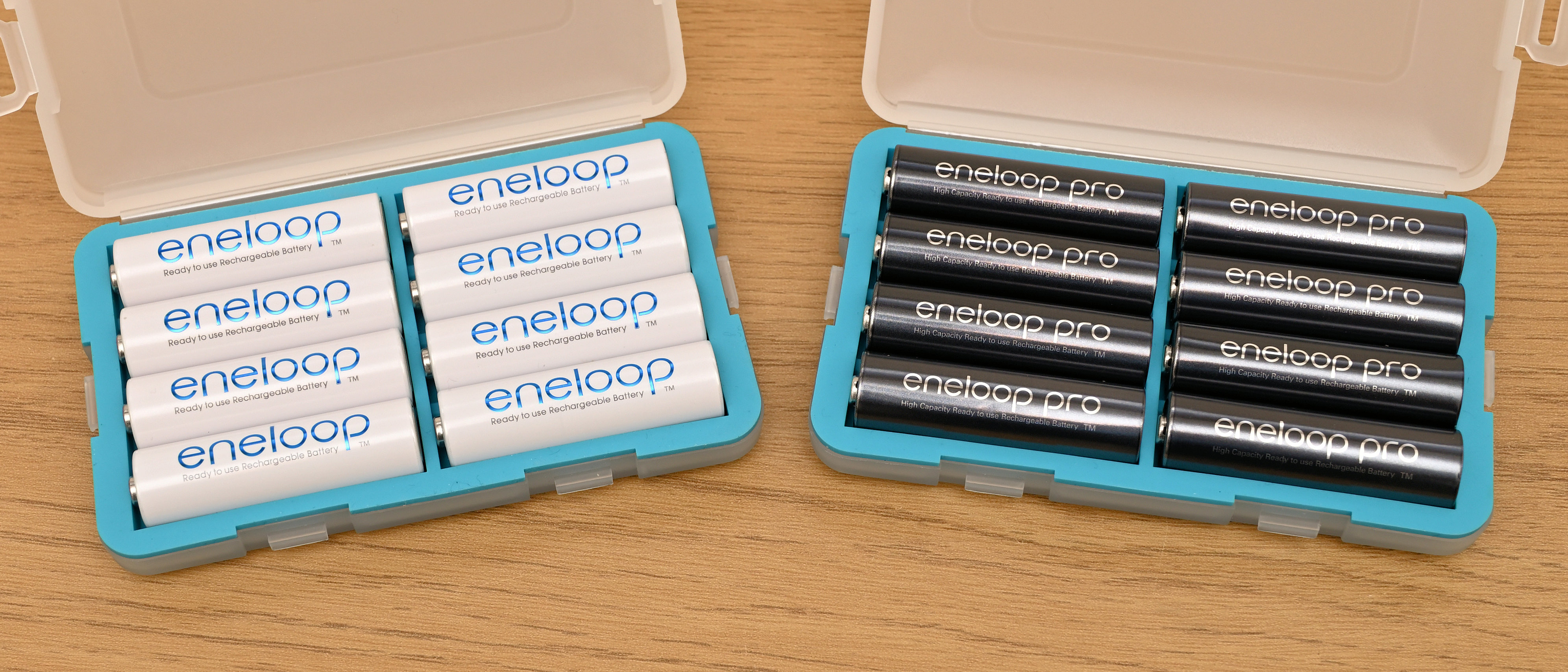
A decent set of rechargeable AA batteries are a must-have for photographers, especially for powering speedlights and wireless commanders. Rechargeables offer several advantages—they’re more cost-effective over time, environmentally friendly, and, most importantly, they help flashguns recycle faster compared to regular alkaline batteries.
Having tested countless flashes and batteries, I’ve found that modern NiMH rechargeable AA batteries retain most of their charge for months or even years, making them a reliable choice for photography gear as well as everyday electronics like flashlights and remote controls. However, not all brands perform equally. Based on our hands-on testing, we’ve selected the best rechargeable AA batteries to help you get the most out of your gear.
If you need smaller cells, also see our guide to the best AAA rechargeable batteries.
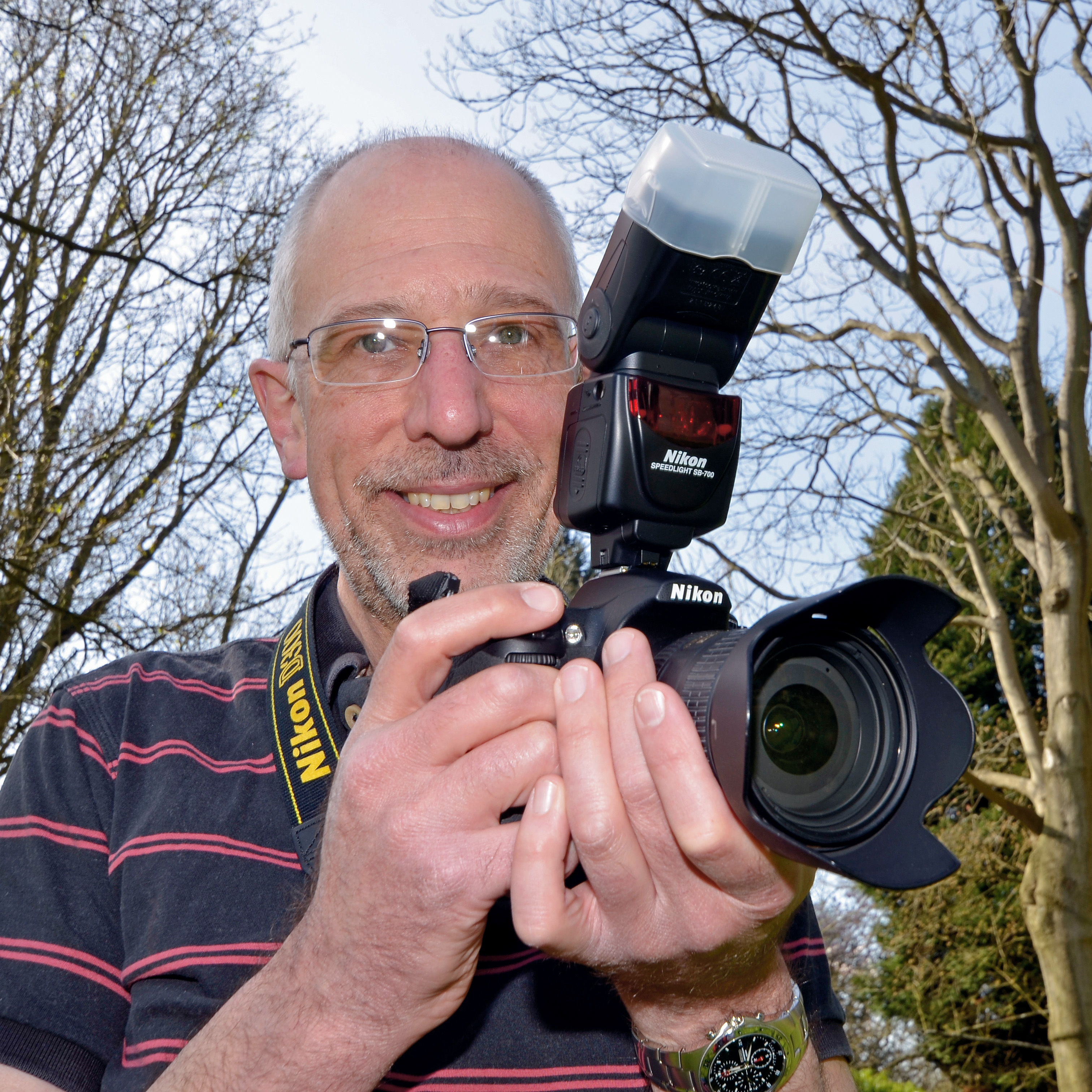
Matthew Richards is a photographer and journalist who has spent years using and reviewing all manner of photo gear. Having photographed many events commercially, he is a big fan of rechargeable batteries for his flashguns, and has personally tested all the different AA rechargeable options in this guide
The Quick List
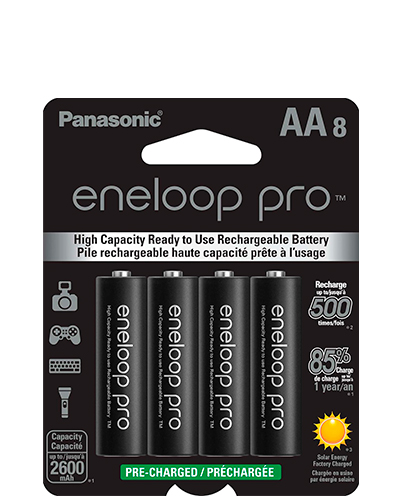
I've been using Eneloop Pro as our go-to battery for years when I test and review speedlights, and we have experienced 100 per cent reliability, even in the harshest conditions.
Read more below ↓
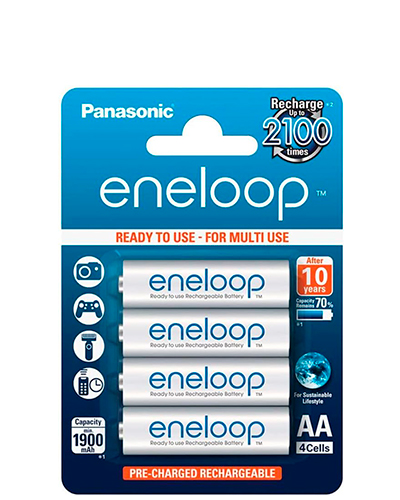
The standard Eneloop batteries have a lower capacity than their Pro siblings, so each charge doesn't last as long, but they're cheaper and they can be recharged many more times.
Read more below ↓
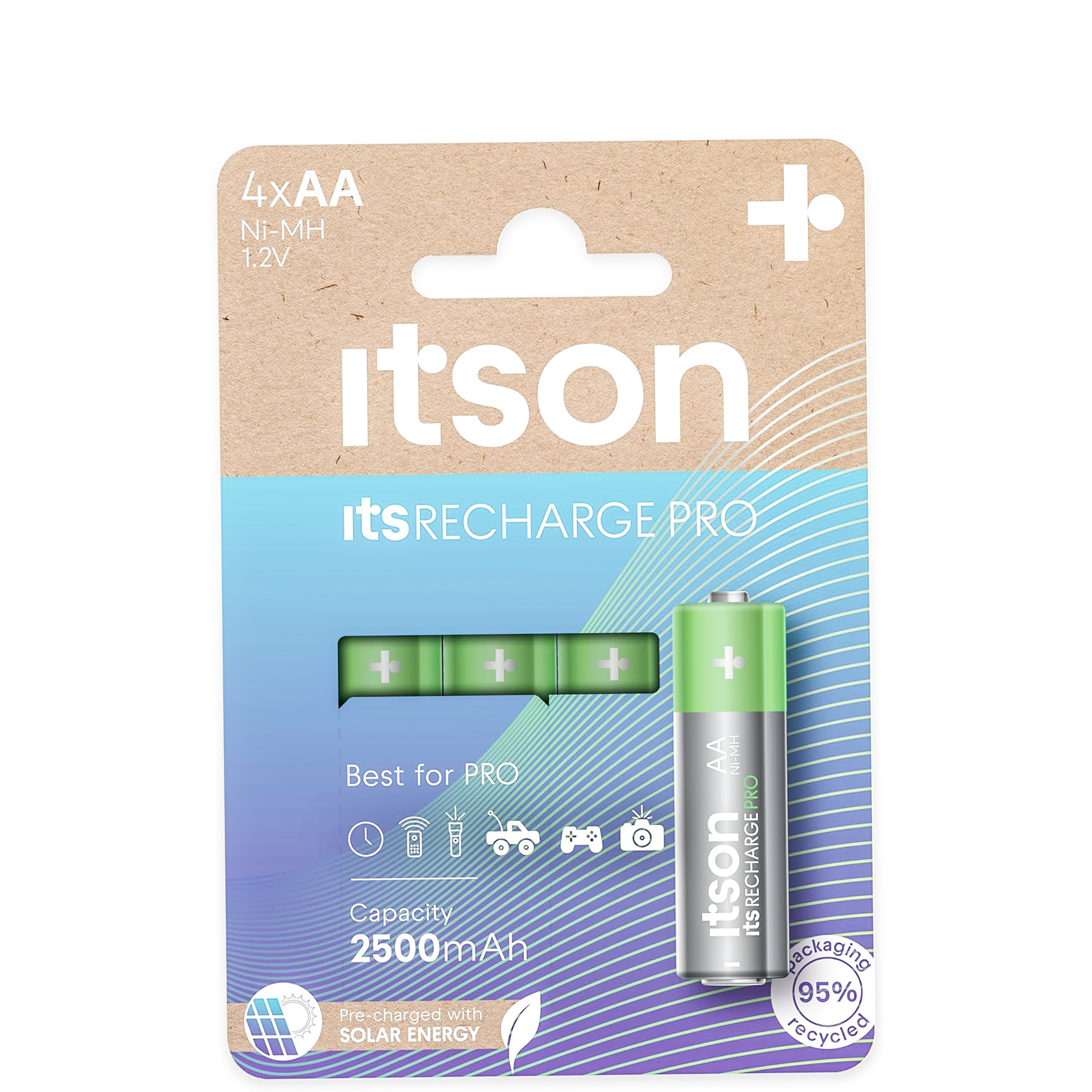
Most rechargeable AA batteries get too hot if you use the super-fast chargers. Not so these Itson Pro cells, that stay cool - and offered an impressive performance in our tests.
Read more below ↓
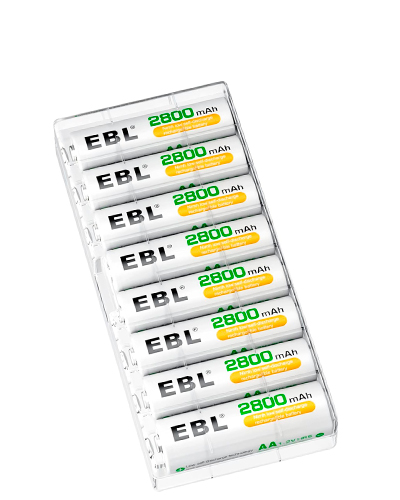
EBL has been building up a reputation for the quality of its batteries, and these are among the highest-capacity options available on the market, meaning that each charge lasts longer.
Read more below ↓
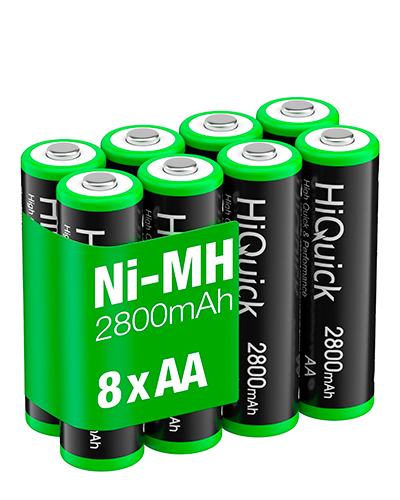
This is a lesser-known brand, but we found that its high-capacity 2800mAh rechargeable batteries performed well, and you can mix and match capacities. Great value overall.
Read more below ↓
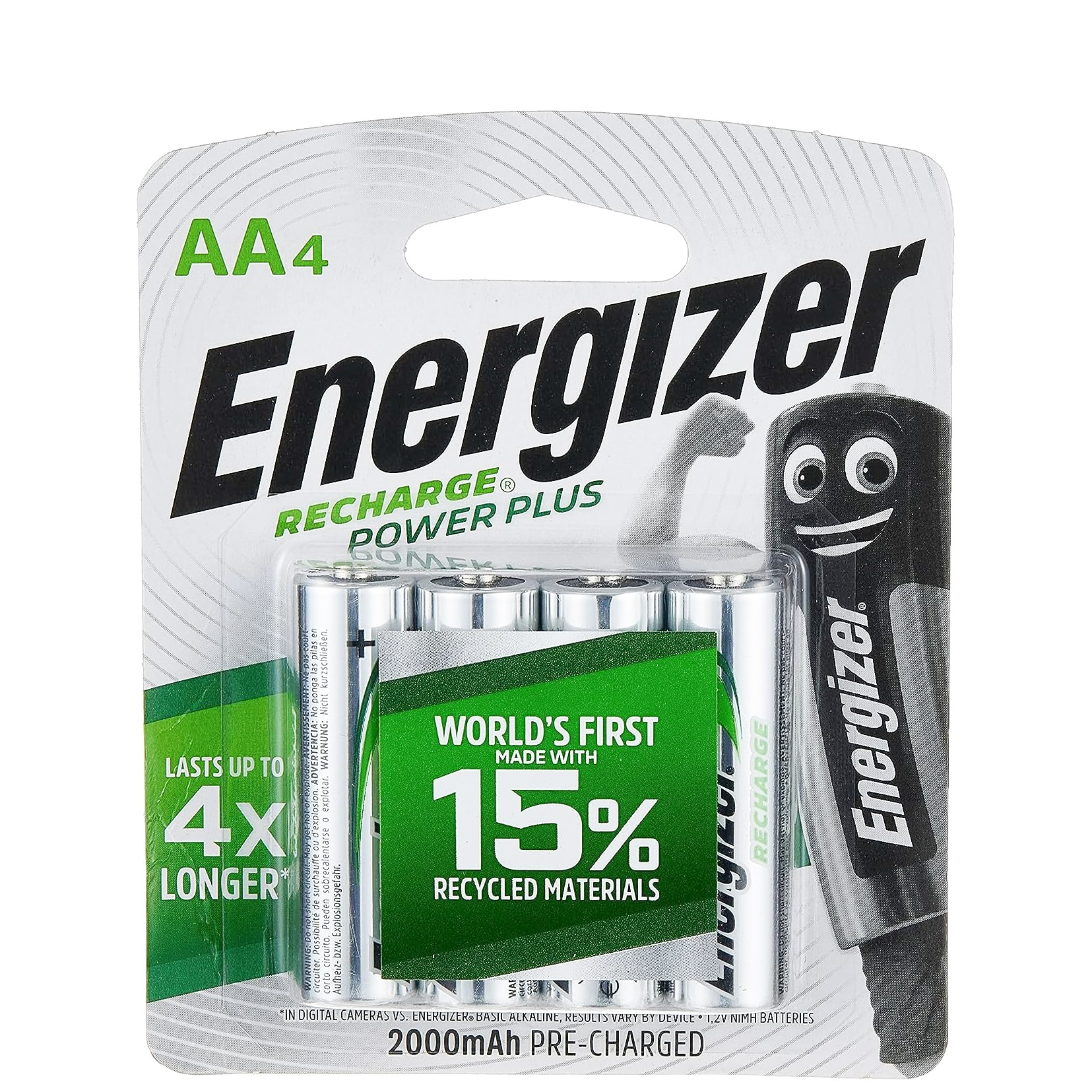
Rechargeable batteries may be more sustainable than traditional alkaline cells, but they still involve waste. This option is at least made from 15% recycled materials.
Read more below ↓
Best rechargeable AA batteries in 2025
Why you can trust Digital Camera World
The best rechargeable AA batteries overall
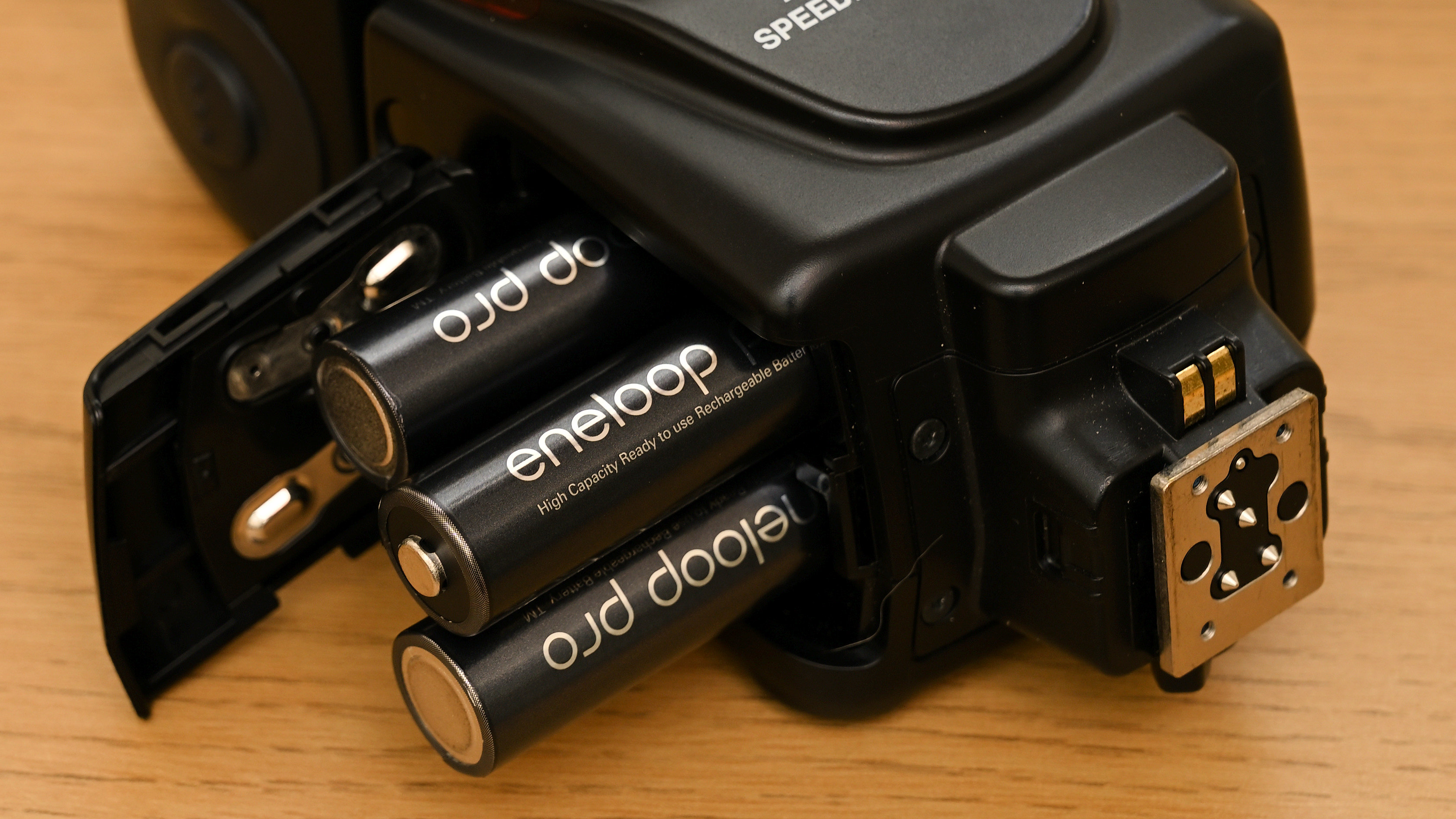
Specifications
Reasons to buy
Reasons to avoid
For photographers using batteries in their flashguns, and for anyone who needs to be able to trust their kit in critical situations, reliability is a key factor. At Digital Camera World, we’ve been using Eneloop Pro batteries for years and have enjoyed 100 per cent reliability, even in the harshest conditions. Indeed, the batteries are rated to work in temperatures from -20 to +50° C (-4° to 122° F).
As with most recent NiMH batteries, they come pre-charged (using solar power, no less), so they are ready to use straight out of the box. Compared with regular Eneloop batteries, the Pro version has a higher capacity of 2600mAh (compared with 2000mAh), outstripping alkaline batteries as well as many rechargeable options. They’re therefore ideally suited to power-hungry devices with a hefty current drain. The flip side is that the maximum number of times you can recharge the batteries over its lifetime is rated at an average of 500, compared with 2,100 times for regular Eneloop batteries.
See our full Eneloop Pro review
The best rechargeable AA batteries for long life
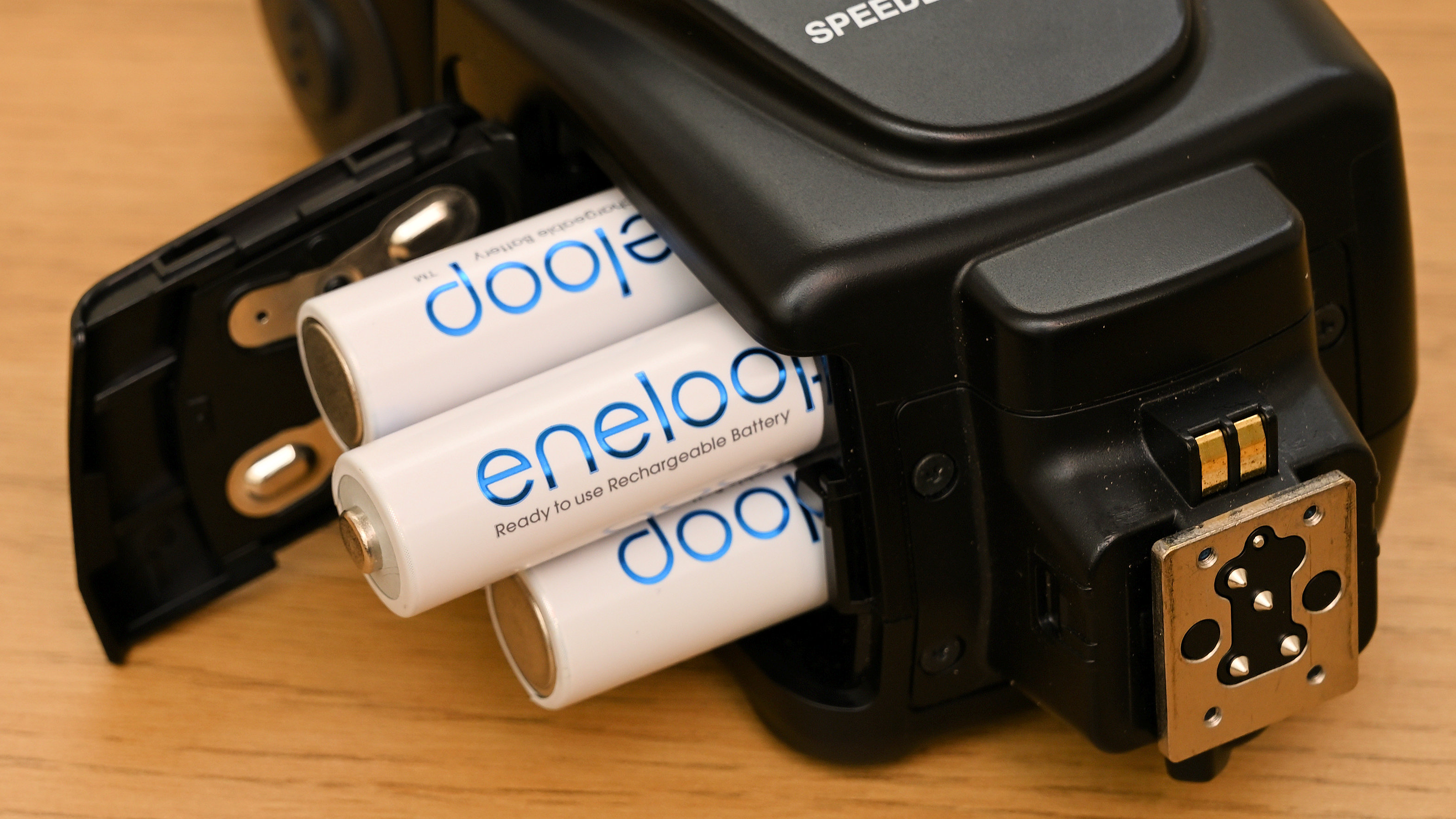
Specifications
Reasons to buy
Reasons to avoid
Eneloop batteries were among the first NiMH cells to hit the market that hold their charge well over a reasonable period of time, ending that frustration of finding that your batteries have run down when you come to use a device a couple of weeks after charging them.
The latest generation takes things to a new level, retaining 70 per cent of a full charge even after 10 years. The 2000mAh capacity doesn’t compare too favorably with many of the more high-capacity batteries on the market now but, for use in many devices including cameras and flashguns, they still last much longer than alkaline batteries before needing to be recharged.
However, we think the main benefit of the Eneloop batteries is that they're rated for an average 2,100 recharges, well exceeding many competing options. And, like the slightly pricier and higher-capacity Eneloop Pro batteries, they come pre-charged using solar power, are rated to work in a -20 to +50 degrees Celsius (-4° to 122° Fahrenheit) temperature range.
See our full Panasonic Eneloop Pro review
Best for fast charging
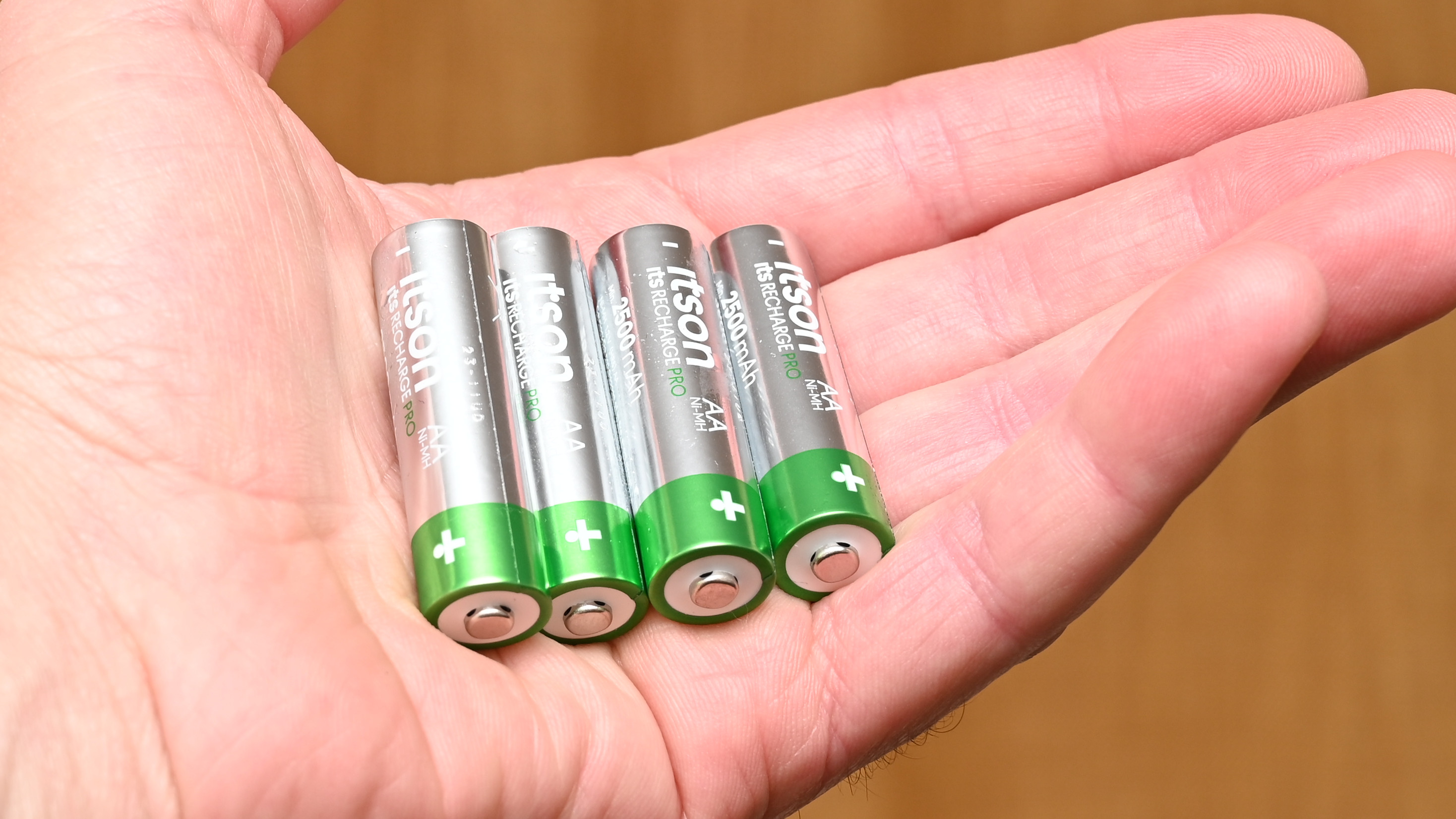
Specifications
Reasons to buy
Reasons to avoid
I was impressed that these Itson Pro batteries come in a recycled cardboard box, rather than a plastic blister pack. But what I really love about these cells is that that they perform so well with a fast charger. If you want to top up the power quickly, many rechargeable batteries get too hot to handle if you use a super-fast charger. Not so, the Itson ItsRecharge Pros stay cool, which greatly speeds up the charging process for busy photographers. They pack lots of power too… In our tests using a flashgun, these batteries gave us 320 full-power flashes on a single charger. Many higher-rated 2800mAh batteries I’ve tested tend to run out at about 290 flashes.
See our full Itson ItsRecharge Pro review
The best high-capacity rechargeable batteries
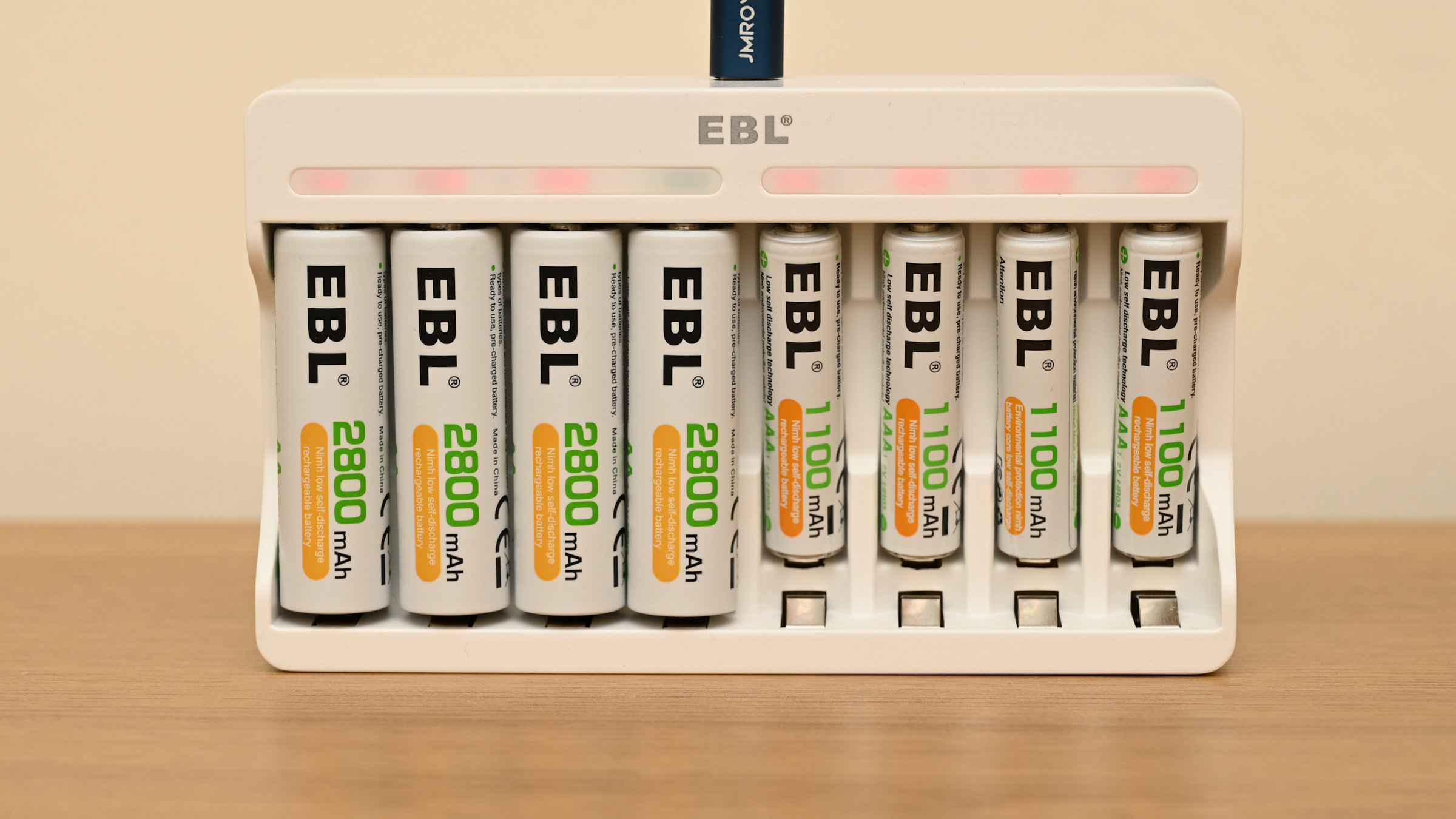
Specifications
Reasons to buy
Reasons to avoid
Established in 1998, EBL has earned a good reputation over the years for making high-quality rechargeable batteries and chargers. There are various capacity options in their AA line-up but the 2800mAh is currently the most powerful, and just outstrips the Eneloop Pro at the top of our guide. The EBL batteries have a rated working temperature range of -20 degrees to +60 degrees Celsius or -4 to 140 degrees Fahrenheit, so they’ll keep going in extreme environments, too.
The batteries have a steel shell and are designed to resist over-pressure, to ensure they’re leak-free. They also include over-charge, over-discharge, over-voltage and short-circuit protection. 4-packs and 8-packs of the batteries come complete with storage cases. The only perhaps minor frustration we found is that they're only charged 20% when they arrive (stated as a ‘safety feature’), so you need to fully charge them before first use. The total number of times you can recharge them over their lifetime is rated at 1200, well ahead of the 500 times for Eneloop Pro but not a patch on the standard Eneloop.
When we tested them with a Nikon SB-700, the recycle speed after a full-power flash stayed at around 2 seconds, which matches our results with the pricier Eneloop Pro. As for staying power, we got 292 full-power flashes, slightly below the 320 flashes we got when we tested the Eneloop Pro. All in all, these offer a great balance between capacity and price.
See our full EBL rechargeable battery review
The best value rechargeable batteries
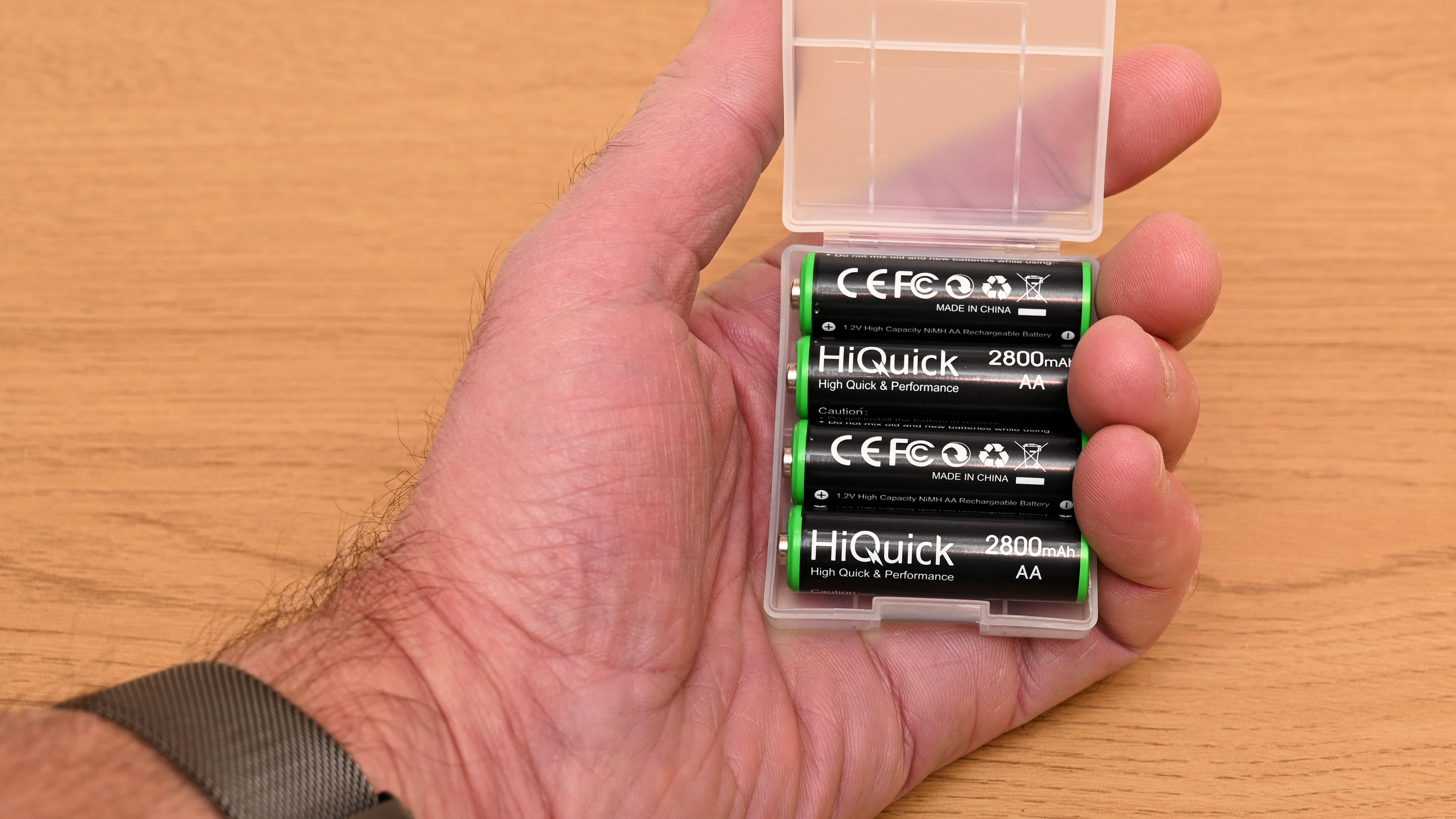
Specifications
Reasons to buy
Reasons to avoid
This might not be a brand you're familiar with, but we found its rechargeable AA batteries to perform quite closely to the other brands that we have used. These are among the highest-capacity options on the market, but they come at a cheaper price than those from better-known brands.
We tested them in a variety of high-drain devices including flashlights and camera flashguns. We were pleasantly surprised by their staying power both in use and when not in use, which is a must for those of us who like to charge up days if not weeks in advance of a shoot.
We also like the flexible buying options available: HiQuick sells these 2800mAh AA batteries in several combinations, including mixing them with 1100mAh AAA rechargeable NiMH batteries and with different chargers (with or without USB charging, and in different sizes for charging anything from two to twelve batteries at once). All in all, we think these are a top power-up and great value thanks to a very competitive selling price.
Read more: HiQuick AAA Rechargeable 1100mAh review
The best rechargeable batteries for eco credentials

Specifications
Reasons to buy
Reasons to avoid
This battery comes from a trusted brand that you’ll doubtless know. The big selling point here for us is the eco credentials. It's the first rechargeable battery to be made with 15% recycled materials, including 4% recycled batteries. And it’s sold in 100% recyclable packaging too. Energizer is leading the way in this sense and we hope to see others follow.
Sadly, the capacity and the rating of 1,000 recharge cycles are not the best available. Also the temperature rating is from 0 to +50 degrees Celsius while in use, which covers less extreme conditions than some others in this guide. On the plus side, the pricing is sound value.
Read more: Energizer Recharge Power Plus AA review
Also tested

Specifications
Reasons to buy
Reasons to avoid
Duracell needs no introduction to anyone buying batteries, being one of the most famous battery brands in the world. However, it's most known for its traditional alkaline cells. How does it do in rechargeables?
Well, pretty well actually. We found that these batteries, with their fairly high 2500mAh capacity, performed well, coming close to matching the Panasonic Eneloop Pro. Duracell doesn’t provide figures for how many times the battery can be recharged during its lifetime, saying only that it runs into the ‘hundreds’, which is a little vague. Nor does it specify how well it holds its charge over time. On the plus side, the battery is guaranteed to last for 5 years, which should cover a lot of charge/discharge cycles.
Read more: Duracell Rechargeable AA review
How to choose the best rechargeable batteries
When selecting the best rechargeable batteries, we recommend opting for NiMH (Nickel-Metal Hydride) batteries. These gained popularity in the 1990s because they offer higher electrical capacities than older Nicad (Nickel Cadmium) batteries and don't suffer from memory effect—an issue with Nicad batteries that required them to be fully discharged before recharging.
However, early NiMH models, and some still available today, can lose their charge within just a few weeks, even if not in use. The options we've tested and recommended above are designed to address this issue. The best choice for you will depend on your priorities, whether that's charging capacity, recharge cycles, or cost.
Battery capacity is measured in milliampere-hours (mAh), which indicates how much electrical power the battery holds over time. A higher mAh rating typically means a longer-lasting charge, but higher-capacity batteries may also have fewer recharge cycles. For most photographers using speedlights, we find that a 2,500 mAh battery is usually the optimal choice.
How we tested the best rechargeable AA batteries
I evaluated all the AA batteries in this guide through hands-on, real-world testing, using them in speedlights like the Nikon Speedlight SB-700 (see our pick of the best flashguns). I assessed their recycle speed by performing at least 300 full-power flashes and repeating the test several months later, after multiple recharges.
I also examined how quickly they charge and whether the battery life matches the manufacturer's claims. To finalize our recommendations, we compared our results with stated specifications and customer reviews, selecting the best rechargeable AA batteries for various needs, including value and high-capacity options.
FAQs
Why do rechargeable batteries suddenly run out of power?
Alkaline batteries have a relatively consistent discharge rate during use. For instance, when used in a flashgun, the recycle time between flashes will gradually increase. In contrast, NiMH batteries provide a more stable voltage throughout most of their discharge cycle, but the voltage drops off quickly near the end, when they are nearly depleted.
Why does the charge indicator not show full when I insert fresh rechargeable batteries?
When fresh, alkaline batteries have a potential difference of 1.5V across their electrodes. In contrast, NiMH batteries provide a lower 1.2V, even when fully charged. As a result, devices with an integrated volt meter may show a lower reading when using NiMH batteries.
Do I need to fully discharge NiMH batteries before recharging them?
Unlike older NiCad (Nickel Cadmium) rechargeable batteries, NiMH batteries don’t suffer from a ‘memory effect’. This means that there’s no need to fully discharge them before recharging.
What’s the best quantity of rechargeable batteries to buy?
As with anything, it only pays to buy as many as you need. However, NiMH is an effective replacement for regular (non-rechargeable) alkaline AA batteries in most devices and, like most things, if you buy in larger quantities, there are often significant savings to be made.
What’s the best way to store rechargeable batteries when not in use?
Ideally, rechargeable batteries should be stored in a cool, dry place. Theoretically, the colder the better, but it’s best not to store them in a refrigerator to avoid the risk of condensation when you take them out for use.
Can I use any charging device for my rechargeable batteries?
Most battery manufacturers recommend using their own-brand chargers, and you can typically purchase the charger and AA cells together in a kit. While third-party chargers are generally safe, it's best to avoid "fast chargers," as they can reduce the battery's lifespan and lead to issues such as overheating or leakage. Overcharging can also damage or destroy a battery.
Get the Digital Camera World Newsletter
The best camera deals, reviews, product advice, and unmissable photography news, direct to your inbox!
Matthew Richards is a photographer and journalist who has spent years using and reviewing all manner of photo gear. He is Digital Camera World's principal lens reviewer – and has tested more primes and zooms than most people have had hot dinners!
His expertise with equipment doesn’t end there, though. He is also an encyclopedia when it comes to all manner of cameras, camera holsters and bags, flashguns, tripods and heads, printers, papers and inks, and just about anything imaging-related.
In an earlier life he was a broadcast engineer at the BBC, as well as a former editor of PC Guide.

